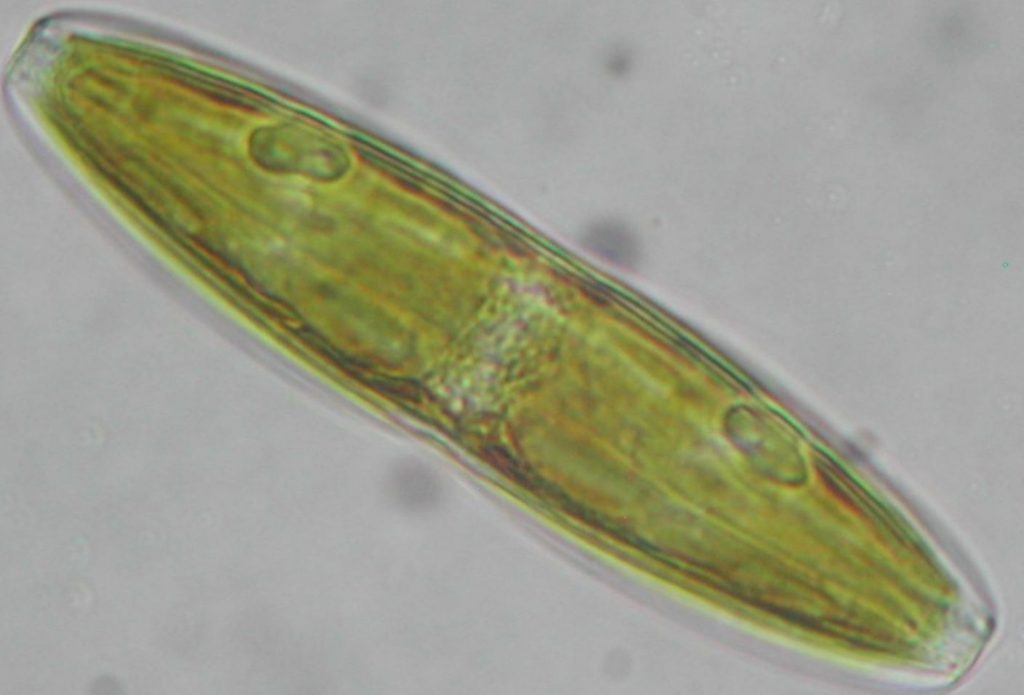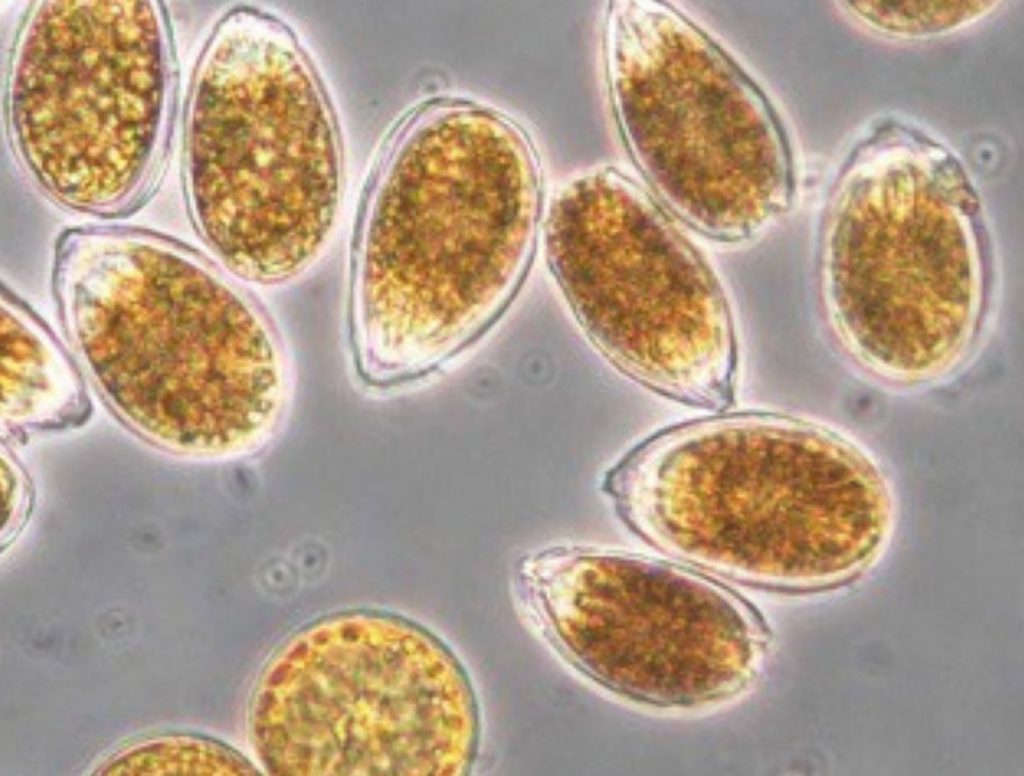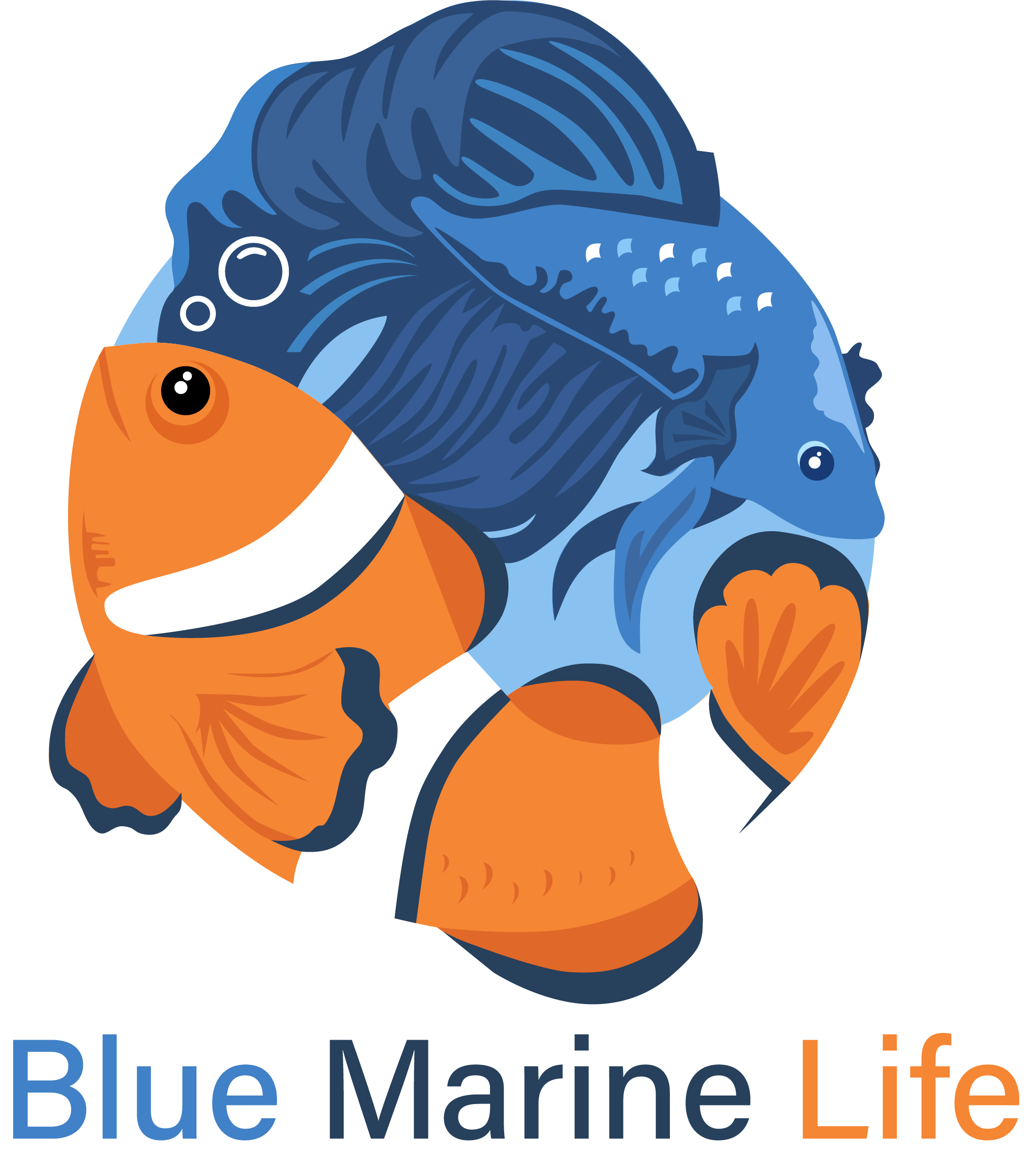Cyanobacteria
Cyanos are mostly known as red slime on sand or rocks, however it is also available in a green color. First of all the route couse need to be detected to have long term success especially for balanced water chemistry on Phosphate, Nitrate, Magnesium, Alkalinity, Calcium and most important dosing of elements as Amino Acidic which can create an increase of Cyanos. Regular Water changes are very important approximately 10% per week for non experts to keep water parameter balanced, however some Marine Salts are also increasing the Cyanos grow which is not linked to a bad salt quality but mainly to the trace elements in the salt mixture. Also one of the most underestimated factor is to have pure water preferably RO water with an TDS of 0.00 which can be achieved with a resin filter media after the RO system. Why it is very important to have clean water? Even you have clean water in your tap water a little contamination over time can accumulate unwanted elements which can create a instability of the Reef Aquarium and difficult to identify.
The most problematic algae and diatoms are shown below on the pictures under microscope which are Dinoflagellates, Silica diatoms, Cyanobacteria
Silica is primarily available in sand and rocks, however also tap water and some salt mixture contain silica which is visible mostly on white sand which turs to an brown gold tone after the lights are switched on, as soon as lights are off for a few hours the sand becomes white again. This is the most easy algae to fight against. First eliminate the source of silica which can be your tap water or salt mixture and than bind the remaining silica with absorber media available here
Silica diatoms ( Brown Sand )

Dinoflagellates ( Brown sticky slime on sand and rocks )

Cyanobacteria ( Red or green slime on sand and rocks )

Disclaimer for BlueMarineLife
If you require any more information or have any questions about our site’s disclaimer, please feel free to contact us by email at info@bluemarinelife.qa. Our Disclaimer was generated with the help of the Disclaimer Generator.
Disclaimers for BlueMarineLife
All the information on this website – www.bluemarinelife.qa – is published in good faith and for general information purpose only. BlueMarineLife does not make any warranties about the completeness, reliability and accuracy of this information. Any action you take upon the information you find on this website (BlueMarineLife), is strictly at your own risk. BlueMarineLife will not be liable for any losses and/or damages in connection with the use of our website.
From our website, you can visit other websites by following hyperlinks to such external sites. While we strive to provide only quality links to useful and ethical websites, we have no control over the content and nature of these sites. These links to other websites do not imply a recommendation for all the content found on these sites. Site owners and content may change without notice and may occur before we have the opportunity to remove a link which may have gone ‘bad’.
Please be also aware that when you leave our website, other sites may have different privacy policies and terms which are beyond our control. Please be sure to check the Privacy Policies of these sites as well as their “Terms of Service” before engaging in any business or uploading any information.
Consent
By using our website, you hereby consent to our disclaimer and agree to its terms.
Update
Should we update, amend or make any changes to this document, those changes will be prominently posted here.





